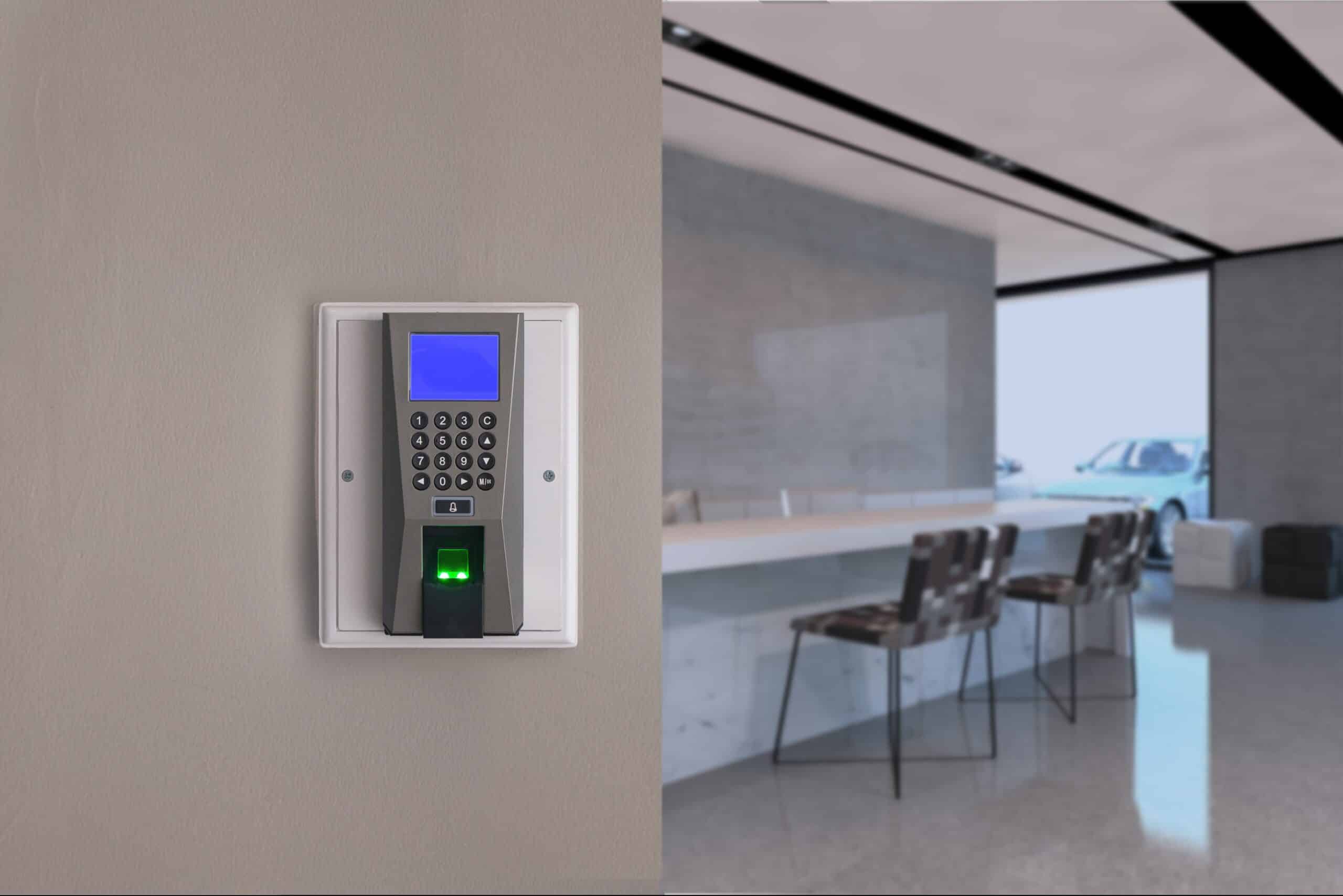Access Control Installation
Safeguarding our homes, offices, and industrial sites has never been more critical in today’s globalized society. An access control system ensures only approved individuals may enter certain areas, thus decreasing risks related to unapproved access and increasing overall safety.
By following this guide you’ll gain all of the steps, process, and details that are important for installing an access control system, with tips and advice that may prove invaluable during its setup process.
What is an Access Control System (ACS)?
An access control system is a means of safetines to be able to restrict entry to specific areas within a property or complex. Depending on its requirements and the needs of its occupants, such systems could range from keypad entry through biometric technology systems.
Types of Access Control Systems
Every property requires different security needs, which is why there are various forms of access control systems designed to fit them efficiently. Here are the primary ones:
- Keypad Access Systems: Here users enter an access code before being permitted into an area.
- Card-Based Access Systems: Allow entry with keycards or fobs; these systems are typically found in commercial settings.
- Biometric Access Control Systems: Utilizing fingerprint recognition or biometric features like facial recognition technology to verify identity.
- Wireless Access Control: Allowing access through wireless technology such as Bluetooth, it is ideal for mobile-based access.
- Cloud Based Keypad Access Control: Offers remote management and easy scalability; often utilized by larger organizations.
Related Article: Common Access Control Myths
Benefits of Installing Access Control
A well-installed access control system provides many security and convenience benefits.
Enhanced Security
Restricting access to certain areas helps to ensure only approved individuals may enter, decreasing the risk of any unlawful intrusions.
Access Logs for Monitoring
Access control systems provide valuable monitoring features by keeping detailed access logs showing who entered particular areas at certain times and dates, providing key insights into movement within a property. Keeping an accurate account can prove indispensable during audits or investigations of movement inside its boundaries.
Convenience and Flexibility
Its access control system offers convenience and flexibility by managing entry via codes, cards, biometrics or mobile apps to meet various security levels. Some systems even enable remote access management allowing easier permission adjustments as necessary.
Related Article: How Card Readers Enhance Your Security and Efficiency
Step-by-Step Guide to Access Control Installation

1. Assess Your Security Needs
Before starting installation, determine the specific needs of your property:
- Identify areas that require restricted access.
- Decide on the appropriate level of security (e.g., basic keypad vs. biometric).
- Consider how the system will integrate with existing security measures.
2. Choose the Right Access Control System
Select the type of system based on your security needs and budget. For example:
- Small businesses may be able to utilize keypad or card-based systems sufficiently.
- Larger enterprises or areas with sensitive data may benefit from biometric or cloud-based systems.
3. Plan the System Layout
A well-planned layout is essential for effective access control. In this step:
- Identify the locations of all entry points requiring access control.
- Map out where keypads, card readers, or biometric scanners will be installed.
- Plan wiring routes for power and connectivity if required.
4. Install the Hardware
Once the layout is finalized, install the physical components:
- Mount keypads or card readers: Secure these at each access point.
- Install door locks: Electric locks or magnetic locks should be added to doors as required.
- Run necessary wiring: For wired systems, route and secure cables to connect all components.
5. Configure the System Software
Once the hardware is already installed, we will need to configure the software to make sure we can also manage or have access:
- Create user profiles: Input data for each individual who needs access.
- Assign access levels: Define which areas each user can access.
- Set schedules: If needed, create time-based access rules (e.g., restrict access during off-hours).
6. Test the System
Make sure to always test the system so that we can ensure everything is working correctly:
- Test each access point to confirm that authorized individuals can enter.
- Verify that unauthorized attempts are blocked.
- Ensure any access logs are recorded correctly.
7. Train Employees and Users
We must provide training to all of the users on how to use the access control system:
- Show users how to operate keypads, card readers, or biometrics.
- Train administrators on adding/removing users, managing access levels, and troubleshooting.
Related Article: Smart Access Control: Integrating Technology for Better Security
Tips for Helpful Access Control Maintenance
Always keeping or maintaining your devices are still working is essential to keep your access control system secure and functional.
Regular Software Updates
Security software requires regular updates to address vulnerabilities and improve functionality. Always keep your system software updated to ensure optimal performance and protection.
Periodic Hardware Inspections
We also must check the hardware and make sure that keypads, readers and locks are checked regularly for signs of wear or damage to avoid potential security vulnerabilities. Address any concerns immediately to maintain proper protection measures.
User Management Best Practices
It’s essential to manage user permissions effectively. Make sure we are removing access for former employees and to also update permissions as their roles may change, so that we make sure that non-authorized personnel don’t have access in specific areas, meaning those authorized individuals can access specific areas they are only allowed to.
Final Thoughts:
For as we all know, Access control installation can be an important part of making an effective security plan. By making sure to follow these steps, you can make sure that you will have a secure property that is effective against unwarranted access, providing peace of mind for authorized users while protecting against unauthorized personnel.
A property with an access control system installed with it, really does bring peace of mind as well as improved protection to any business, residential property or large enterprise
If you’re looking to secure your space with a state-of-the-art access control solution, visit R3 Access Inc. as soon as possible and let’s discover how we can help you protect what matters most.
FAQs on Access Control Installation
1. What is access control installation?
As previously explained, Access Control Installation involves setting up systems to control who has entry to certain parts of a property by installing equipment like keycard readers, PIN pads and biometric scanners connected to a central control system.
2. What would you describe as the benefits of installing an access control system?
It’s obvious! Access control systems can increase security by restricting entry only to those that are approved by the system, also make an easy way of access by taking away traditional keys altogether and allow remote management through cloud-based solutions.
3. How long does access control installation take?
I know we couldn’t determine because it depends upon the complexity and size of a system; for basic setup it may take only several hours while more difficult installations could require a couple of days for completion.
4. A lot of us are asking, can access control be integrated with different security measures, like the CCTV, the cameras and the alarm systems?
The answer to that is, Yes. Many access control systems can actually be integrated with other forms of security measures like CCTV cameras, alarm systems or building management systems to create an extensive security network.
5. How much does access control installation cost?
It may be determined on the difficulty and the different types of system that are being installed – from basic systems that cost several hundred dollars up to advanced solutions with features like remote access or biometric scanners that could cost several thousands.


